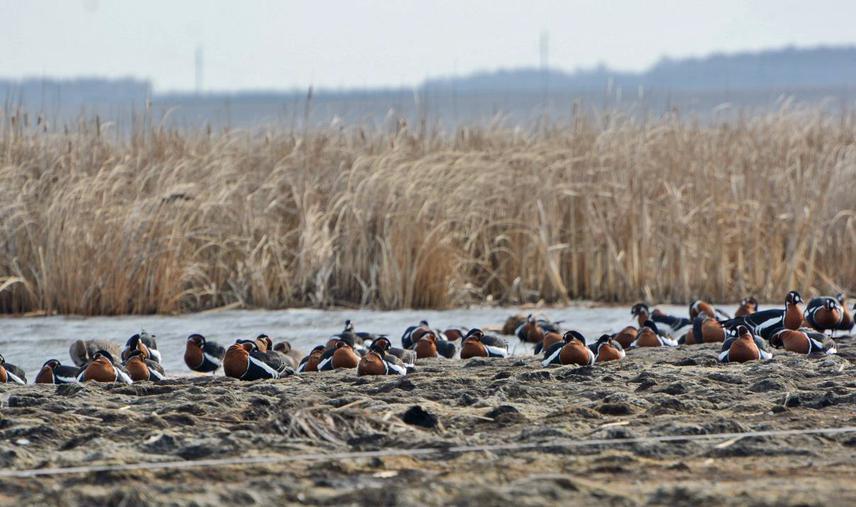Ivan Zuban
Other projects
18 Apr 2016
Research on a Condition of Populations of Geese and Brents during Migration and Nesting in the Conditions of the North Kazakhstan Area
24 Jun 2020
Assessment of the Risks of Red-Breasted Goose Death from Illegal Hunting on Migration Routes in Kazakhstan and Other Countries
Objective of the project is to conduct a comprehensive study of the populations of nesting and migrating geese and branta using the latest technologies, which will make significant additions to existing ideas about their functioning, to develop methodological recommendations for the organization and conduct of population counts, and determine the algorithm for the existence success of these birds from various factors, including the impact of human activities.

Despite the research of ornithologists and biologists over the past hundred years, science and practice do not have exact quantitative characteristics of the populations of geese and branta, as well as information on the dependence of population waves on the effects of climatic and anthropic factors, and on the features of biology. In this regard, in spite of various measures to protect and maintain the number of anseriformes, their quantitative indices decrease with high speed. There are still no reasons and factors influencing the productivity and number of the representatives under consideration. The number of gray goose has decreased in 15-20 times in the last 10-15 years, while the volume of its extraction does not exceed the statutory rates of seizure.
Field work will be conducted in the north of Kazakhstan. The region are of key importance for the nesting population of greylag goose in Kazakhstan. Northern Kazakhstan are of key importance for Arctic breeding geese due to their use as staging grounds for birds as they move south to their wintering sites. The critical role of these areas for geese has long been recognized for the globally threatened Lesser White-fronted Goose Anser erythropus (LWfG) and Red-breasted Goose Branta ruficollis (RbG), as part of the Fennoscandian and the whole Russian Western Main subpopulations of LWfG and the entire global population of RbGs are believed to stage in these areas.
During the project implementation the following works are planned:
• monitoring the number of geese and branta at the key points of migration in Northern Kazakhstan using the latest technical means;
• to study the factors influencing the nesting population of the gray goose, and also on migrating geese and branta to determine their limiting effect;
• catch and tagging (satellite transmitters, rings and collars) of nesting and migrating geese and branta;
• to reveal the features of migration routes and the migration strategy of birds, key areas along the paths of the spring and autumn migration and wintering using data from satellite telemetry, as well as ringing data;
• to prepare a list of new key territories for the globally endangered species of geese and branta, for assigning them to the key of ornithological territories of international importance.